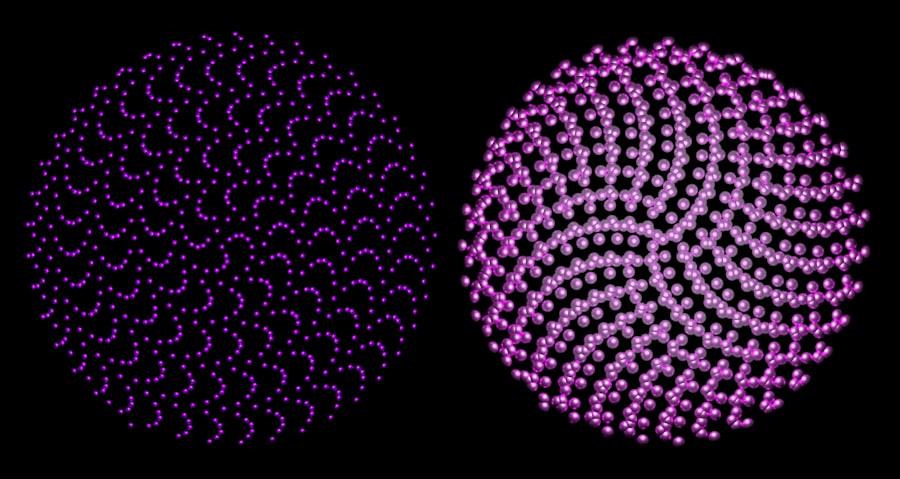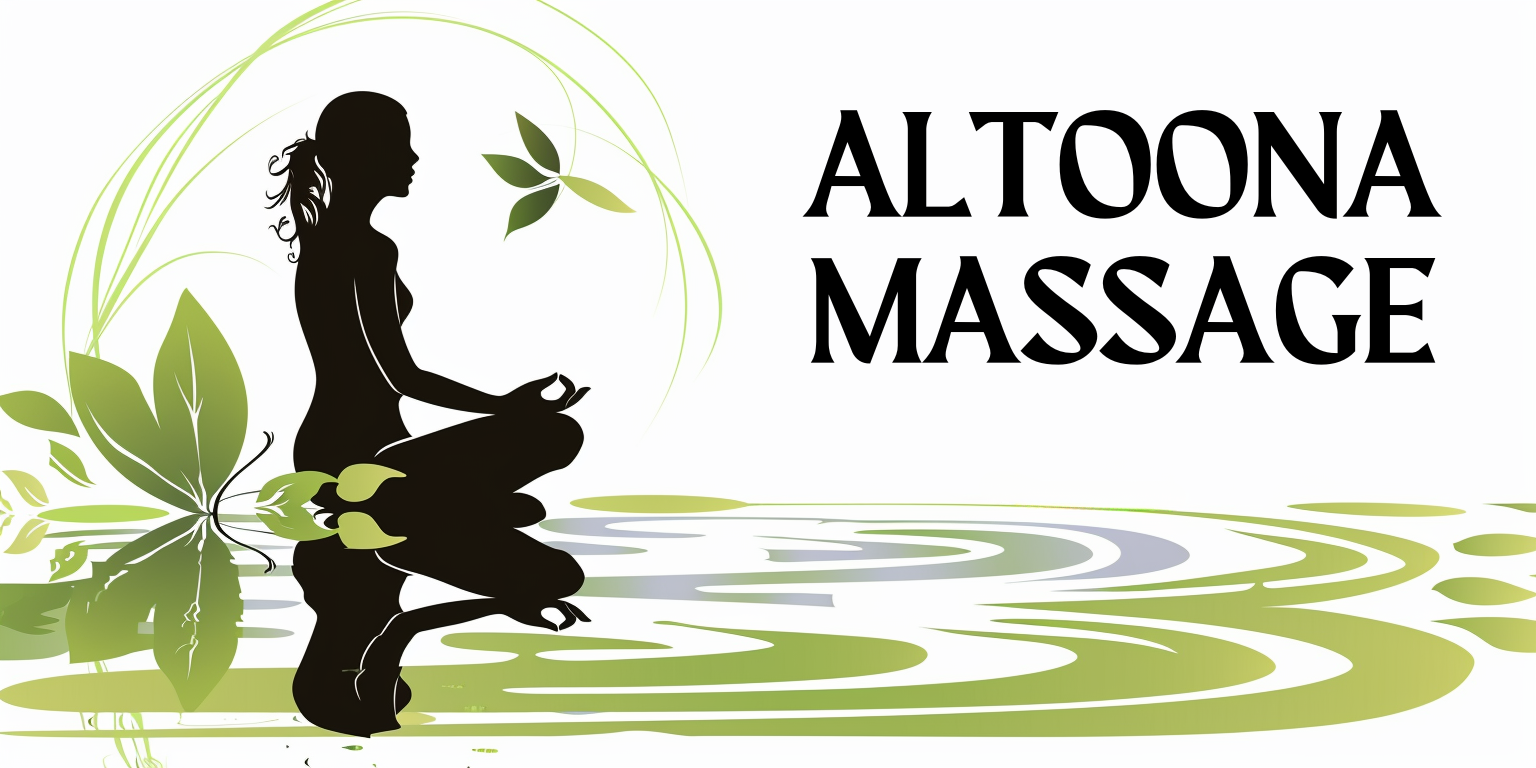Acupressure massage is a therapeutic technique that involves applying pressure to specific points on the body, known as acupoints. These points are believed to correspond to various organs and systems within the body, and stimulating them can promote healing and balance. Unlike acupuncture, which uses needles, acupressure relies solely on the practitioner’s fingers, palms, or elbows to exert pressure.
This hands-on approach makes it accessible for many people, allowing you to experience its benefits without the need for invasive procedures. You may find that acupressure massage is not just a physical treatment; it also encompasses emotional and mental well-being. By targeting specific acupoints, this technique aims to release tension, alleviate pain, and enhance overall health.
Whether you are seeking relief from stress or looking to improve your energy levels, acupressure can be a valuable addition to your wellness routine. The practice is rooted in traditional Chinese medicine, where it has been used for centuries to restore harmony within the body.
Key Takeaways
- Acupressure massage is a traditional Chinese healing technique that involves applying pressure to specific points on the body to promote relaxation and wellness.
- Acupressure massage has been practiced for thousands of years and is based on the same principles as acupuncture, but without the use of needles.
- Acupressure massage works by stimulating the body’s natural healing abilities and promoting the flow of energy, or “qi,” through the body’s meridians.
- The benefits of acupressure massage include stress relief, pain management, improved circulation, and enhanced overall well-being.
- Acupressure massage can help with a variety of conditions and ailments, including headaches, nausea, back pain, and anxiety. It can also be used to support the immune system and promote better sleep.
The History and Origins of Acupressure Massage
The origins of acupressure can be traced back thousands of years to ancient China, where it was developed as part of traditional Chinese medicine (TCM). TCM is based on the concept of Qi (pronounced “chee”), which refers to the vital life force that flows through the body along pathways known as meridians. The practice of acupressure evolved from acupuncture, which involves inserting needles into specific points to stimulate healing.
Over time, practitioners recognized that applying pressure could yield similar benefits without the need for needles. As you delve into the history of acupressure, you will discover that it has influenced various cultures around the world. In Japan, for instance, a form of acupressure known as shiatsu emerged, incorporating elements of massage and stretching.
Similarly, in India, the principles of acupressure align with Ayurvedic practices that emphasize energy balance and holistic healing. This rich tapestry of history highlights how acupressure has transcended geographical boundaries and evolved into a widely respected therapeutic modality.
How Does Acupressure Massage Work?

Acupressure massage operates on the principle that stimulating specific acupoints can influence the flow of Qi throughout the body. When you apply pressure to these points, it is believed to release blockages and restore balance to your energy system. This process can trigger a cascade of physiological responses, including the release of endorphins, which are natural pain relievers.
As a result, you may experience reduced pain and increased relaxation. The effectiveness of acupressure is often attributed to its ability to engage the body’s natural healing mechanisms. When you stimulate an acupoint, it sends signals to your brain that can help regulate various bodily functions.
This includes improving circulation, enhancing immune function, and promoting relaxation. By understanding how acupressure works at a physiological level, you can appreciate its potential to support your overall health and well-being.
The Benefits of Acupressure Massage
The benefits of acupressure massage are extensive and varied, making it an appealing option for many individuals seeking alternative therapies. One of the most notable advantages is its ability to alleviate stress and promote relaxation. As you receive acupressure treatment, your body enters a state of deep relaxation, which can help reduce anxiety levels and improve your mood.
This calming effect can be particularly beneficial in today’s fast-paced world, where stress often takes a toll on mental health. In addition to stress relief, acupressure massage can also provide significant physical benefits. Many people report experiencing reduced muscle tension and pain after a session.
This is especially helpful for those who suffer from chronic conditions such as migraines or back pain. Furthermore, acupressure can enhance your overall sense of well-being by improving sleep quality and boosting energy levels. By incorporating this practice into your routine, you may find yourself feeling more balanced and rejuvenated.
Conditions and Ailments Acupressure Massage Can Help With
Acupressure massage has been shown to be effective in addressing a wide range of conditions and ailments. For instance, if you struggle with headaches or migraines, specific acupoints can be targeted to alleviate pain and reduce the frequency of attacks. Similarly, individuals dealing with digestive issues such as bloating or constipation may find relief through acupressure techniques that stimulate the digestive system.
Moreover, acupressure can be beneficial for those experiencing emotional challenges such as anxiety or depression. By focusing on points associated with emotional well-being, you can promote a sense of calm and stability. Additionally, athletes often turn to acupressure for muscle recovery and injury prevention.
The ability to relieve tension and improve circulation makes it an excellent complementary therapy for physical performance.
How to Perform Acupressure Massage at Home

If you’re interested in exploring acupressure massage at home, there are several techniques you can easily incorporate into your self-care routine. Start by identifying key acupoints that correspond to your specific needs. For example, if you’re looking to relieve tension headaches, you might focus on points located between your eyebrows or at the base of your skull.
Once you’ve identified these points, use your fingers or palms to apply firm but gentle pressure for about 30 seconds to a minute. As you practice acupressure at home, it’s essential to create a calming environment that allows you to relax fully. Find a quiet space where you can sit or lie down comfortably.
You may want to play soft music or use essential oils to enhance your experience further. Remember to breathe deeply as you apply pressure; this will help you connect with your body and amplify the benefits of the massage. With regular practice, you may find that self-administered acupressure becomes an invaluable tool for managing stress and promoting overall wellness.
Precautions and Considerations for Acupressure Massage
While acupressure massage is generally safe for most individuals, there are some precautions and considerations to keep in mind. If you are pregnant or have certain medical conditions such as severe cardiovascular issues or skin infections, it’s advisable to consult with a healthcare professional before engaging in acupressure therapy. Certain acupoints may not be suitable for everyone, particularly during pregnancy when specific points could potentially induce contractions.
Additionally, it’s important to listen to your body during an acupressure session. If you experience any discomfort or pain while applying pressure to an acupoint, it’s best to ease off or stop altogether. Everyone’s body responds differently to touch; what feels good for one person may not be suitable for another.
By being mindful of your body’s signals and adjusting your technique accordingly, you can ensure a safe and effective experience.
Finding a Qualified Acupressure Massage Practitioner
If you’re considering seeking professional help with acupressure massage, finding a qualified practitioner is crucial for ensuring a positive experience. Start by researching local practitioners who specialize in acupressure or traditional Chinese medicine. Look for credentials such as certifications from recognized institutions or associations related to acupuncture and holistic therapies.
When selecting a practitioner, consider scheduling an initial consultation to discuss your specific needs and concerns. This meeting will allow you to gauge their expertise and approach while ensuring that you feel comfortable with their methods. A good practitioner will take the time to understand your health history and tailor their techniques accordingly.
By investing time in finding the right professional, you can maximize the benefits of acupressure massage and enhance your overall well-being. In conclusion, acupressure massage offers a holistic approach to health that has stood the test of time. With its rich history rooted in ancient practices and its wide array of benefits for both physical and emotional well-being, it’s no wonder that more people are turning to this therapeutic technique.
Whether you choose to explore self-acupressure at home or seek out a qualified practitioner, embracing this practice can lead you toward greater balance and vitality in your life.
FAQs
What is acupressure massage?
Acupressure massage is a traditional Chinese healing technique that involves applying pressure to specific points on the body to stimulate the body’s natural self-healing abilities. It is based on the same principles as acupuncture, but uses pressure instead of needles.
How does acupressure massage work?
Acupressure massage works by stimulating the body’s meridian system, which is a network of channels that carry energy, or “qi,” throughout the body. By applying pressure to specific points along these meridians, acupressure massage can help to release tension, improve circulation, and promote overall health and well-being.
What are the benefits of acupressure massage?
Some of the potential benefits of acupressure massage include stress relief, pain reduction, improved circulation, relaxation, and enhanced overall wellness. It is also believed to help with various health conditions, such as headaches, nausea, and muscle tension.
Is acupressure massage safe?
When performed by a trained and experienced practitioner, acupressure massage is generally considered to be safe. However, it is important to communicate any health concerns or conditions with the practitioner before receiving acupressure massage.
What can I expect during an acupressure massage session?
During an acupressure massage session, the practitioner will locate specific points on your body and apply firm pressure using their fingers, palms, elbows, or special tools. You may experience some discomfort or tenderness at the pressure points, but it should not be painful. The session typically lasts for about 30-60 minutes.
How often should I receive acupressure massage?
The frequency of acupressure massage sessions can vary depending on individual needs and goals. Some people may benefit from regular sessions, such as once a week or once a month, while others may only need occasional sessions for specific issues. It is best to discuss a treatment plan with a qualified acupressure practitioner.
